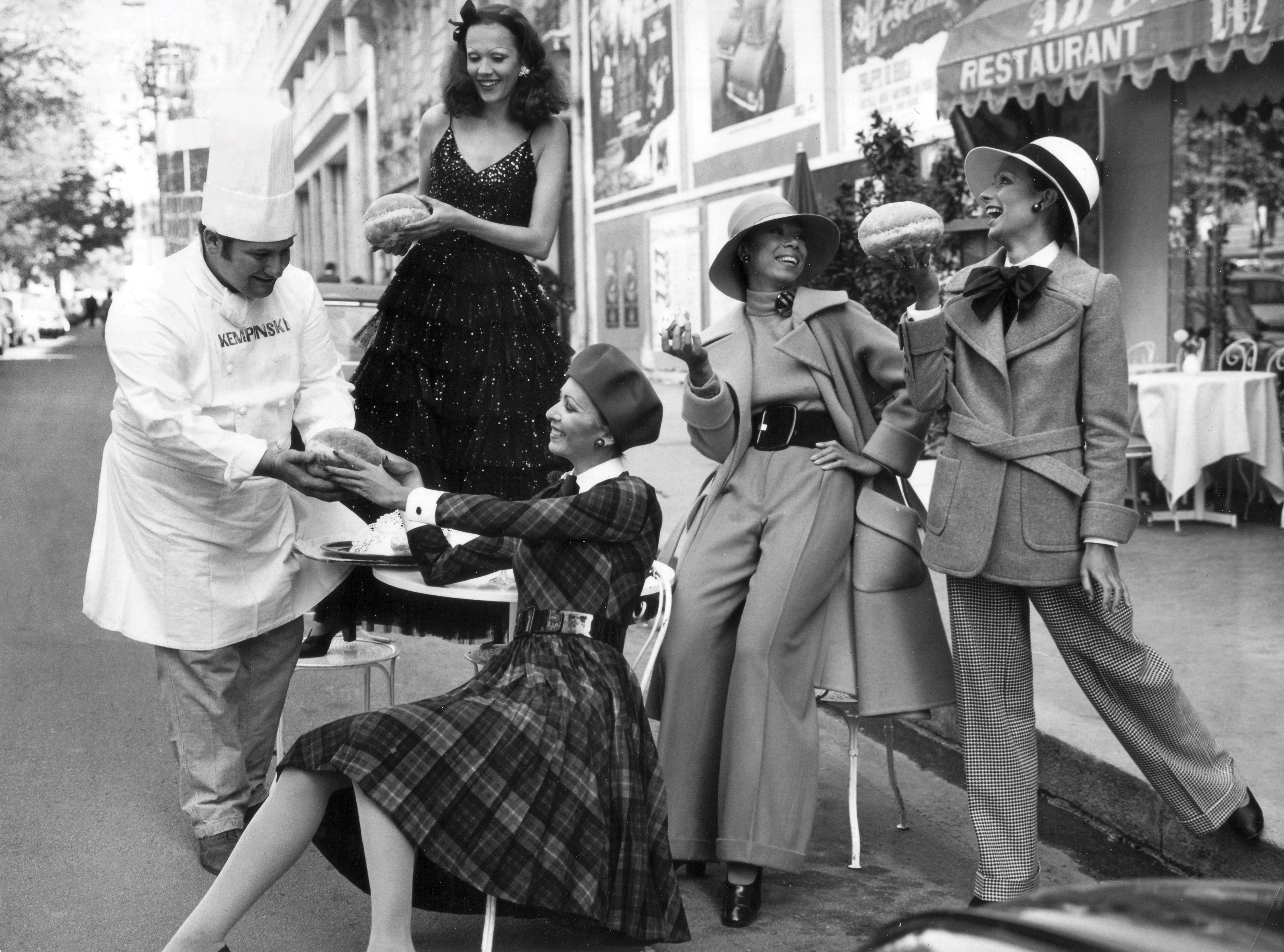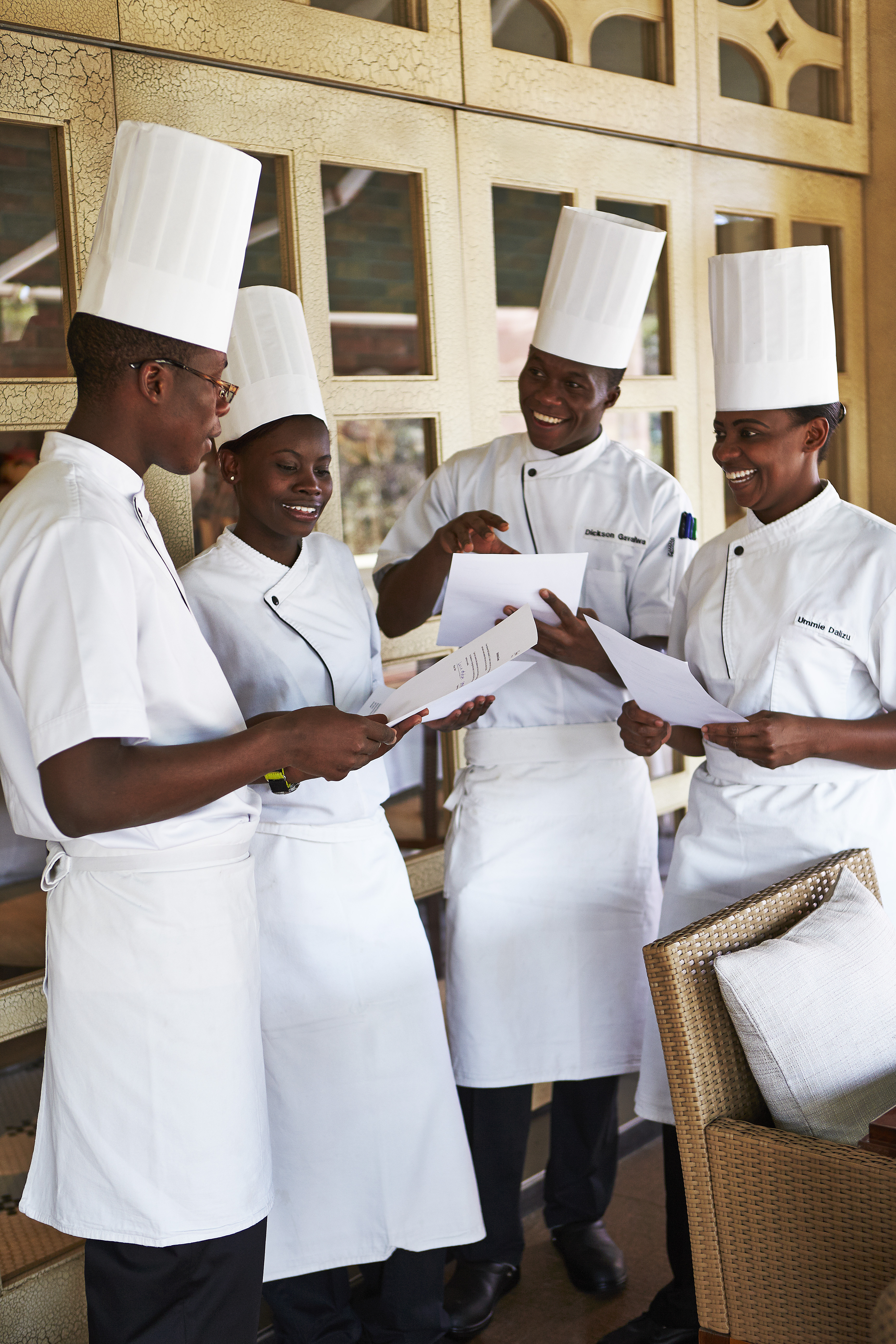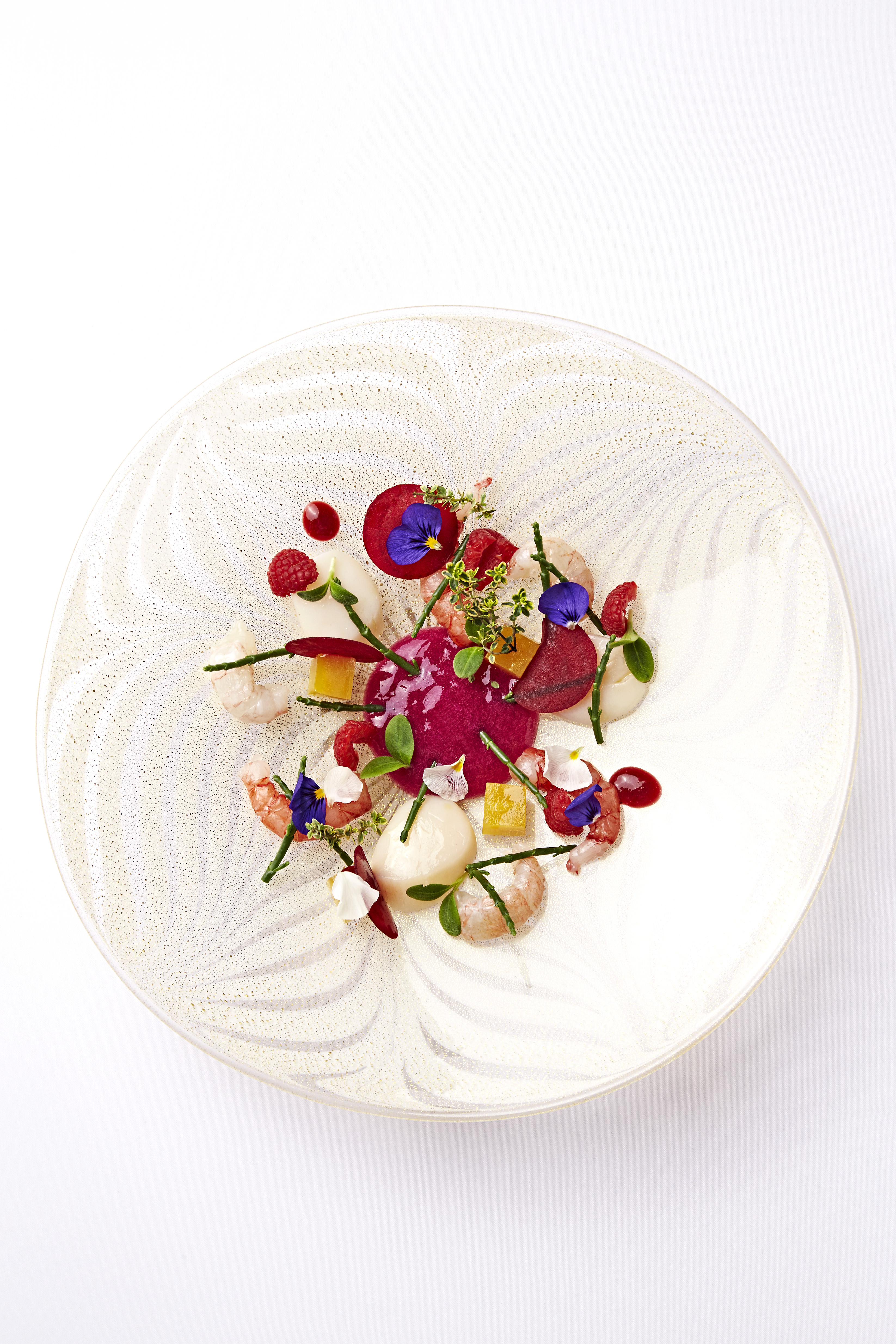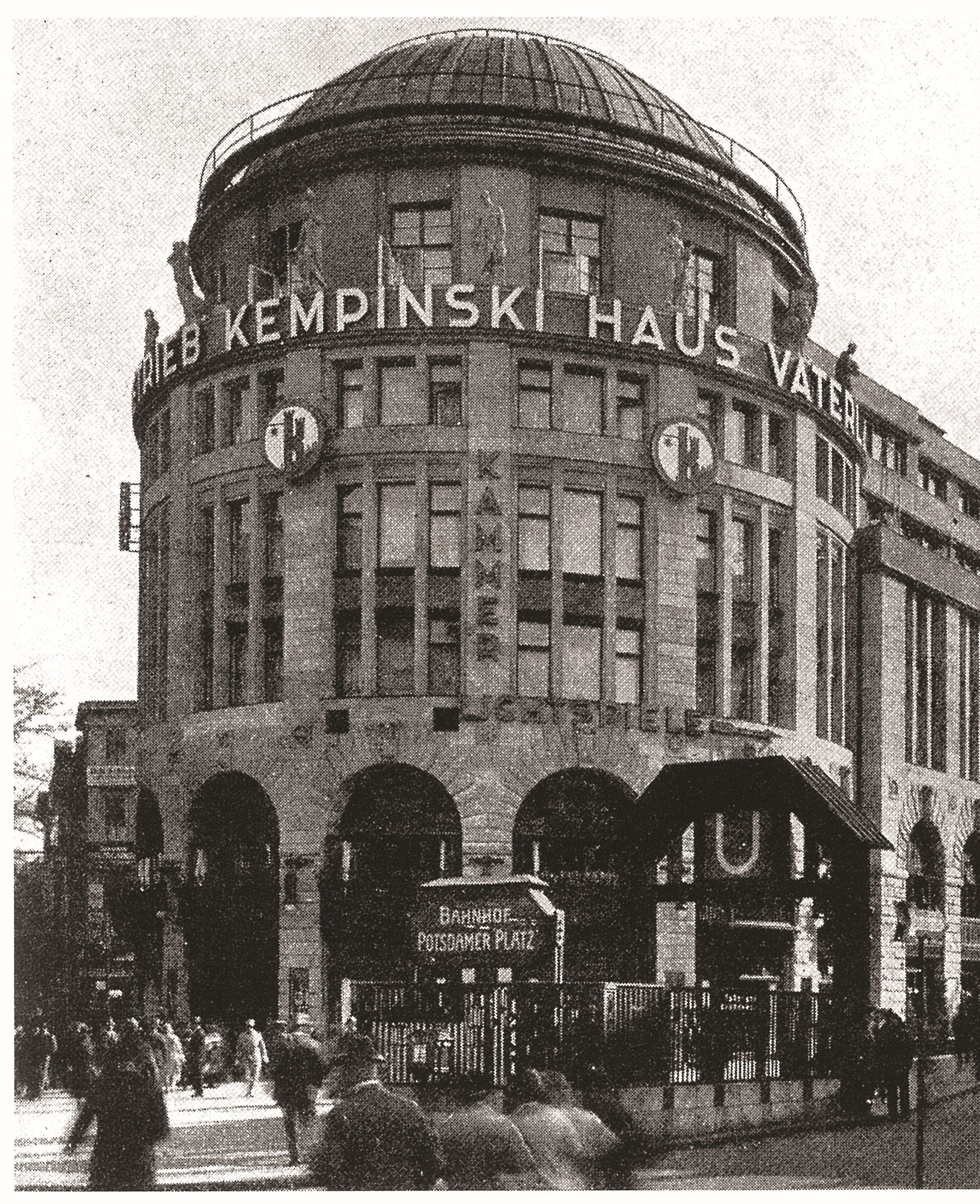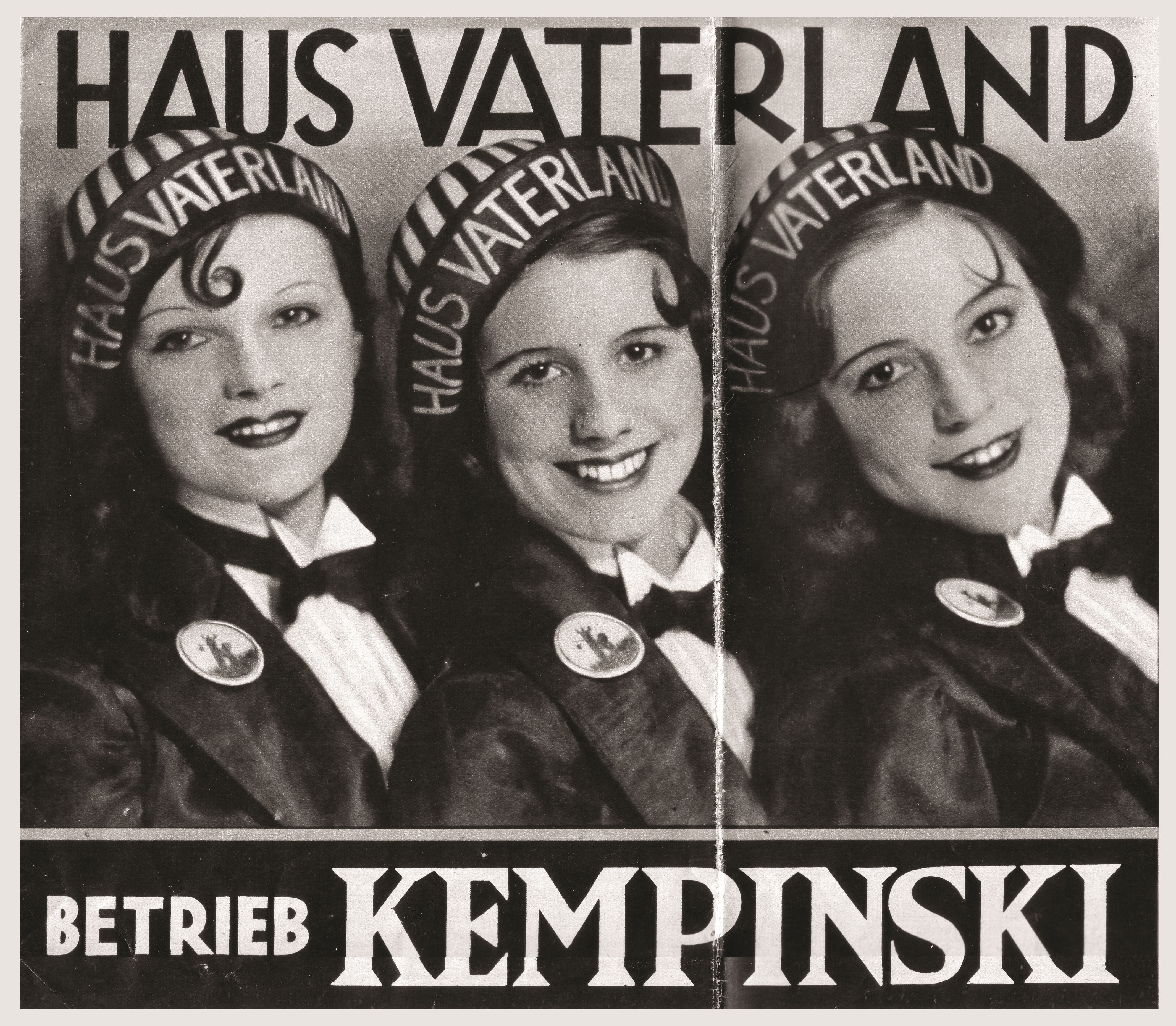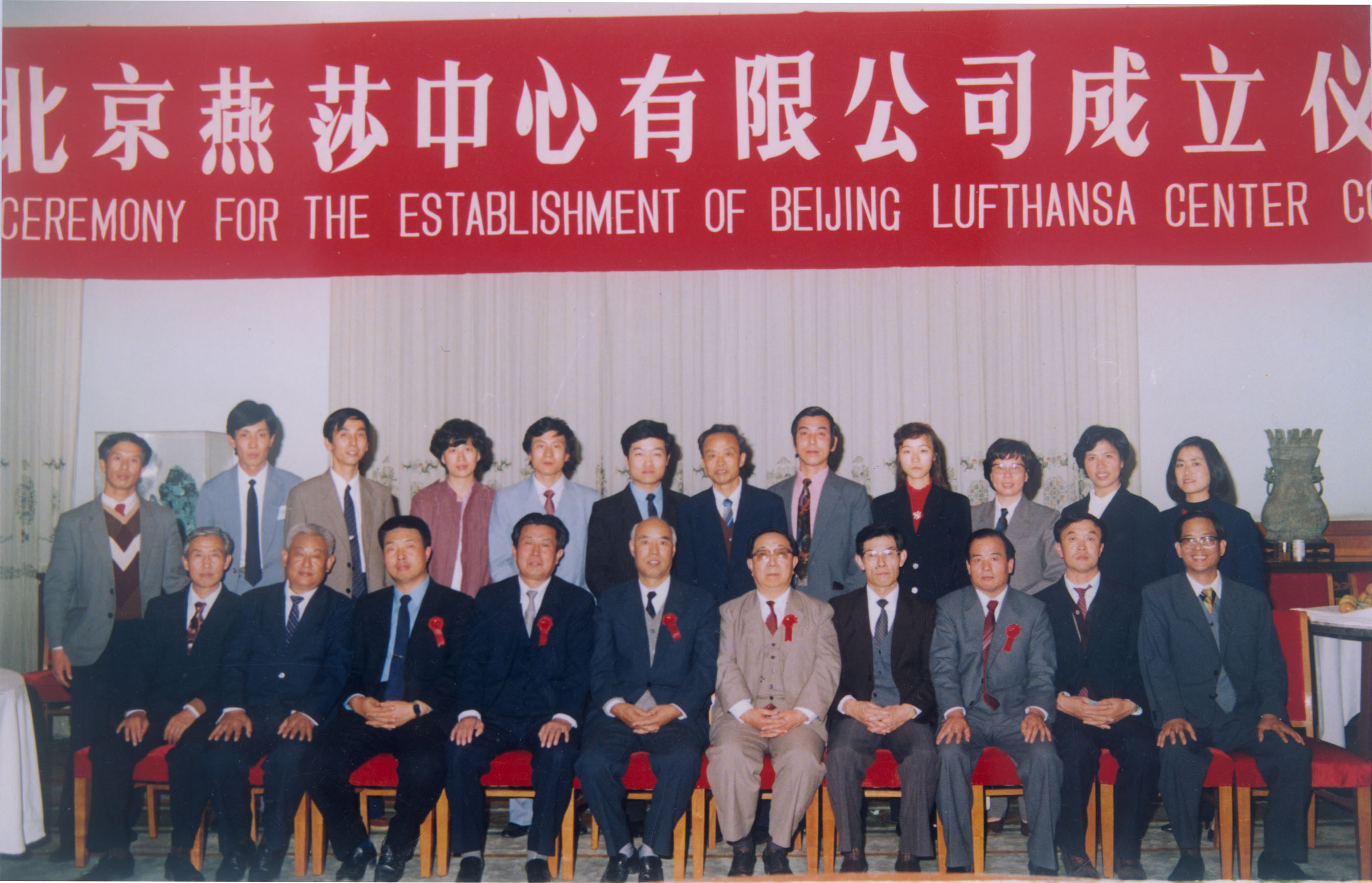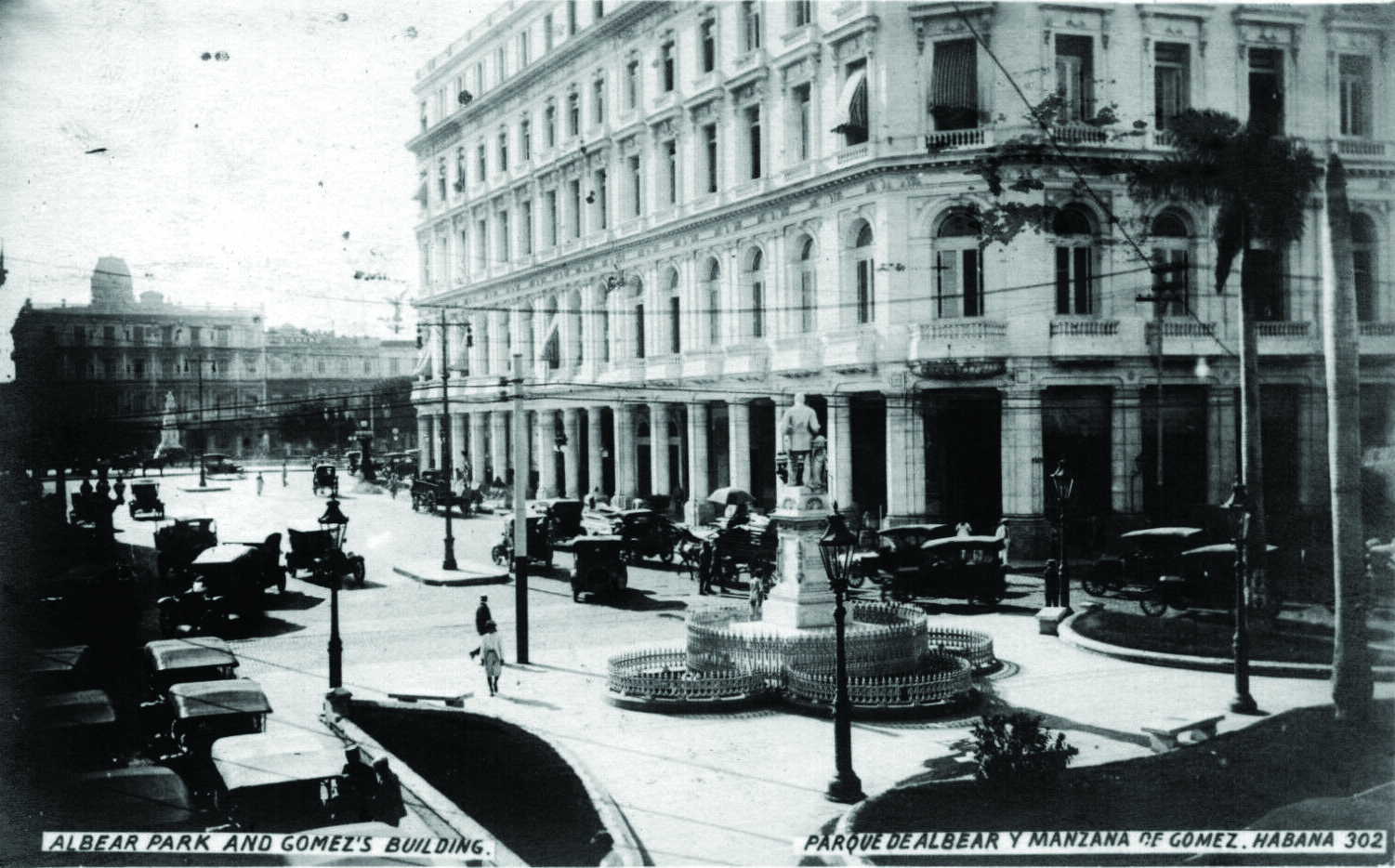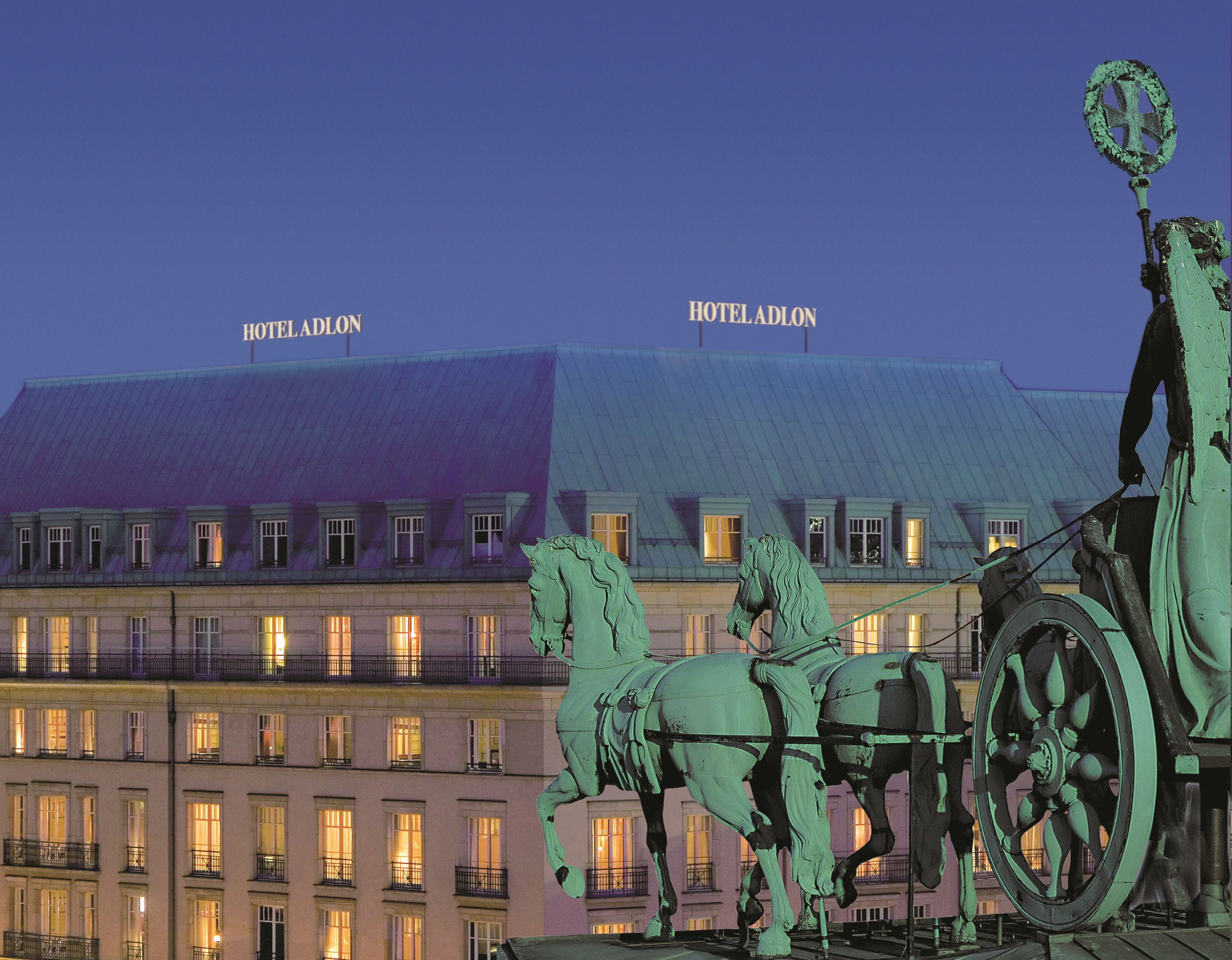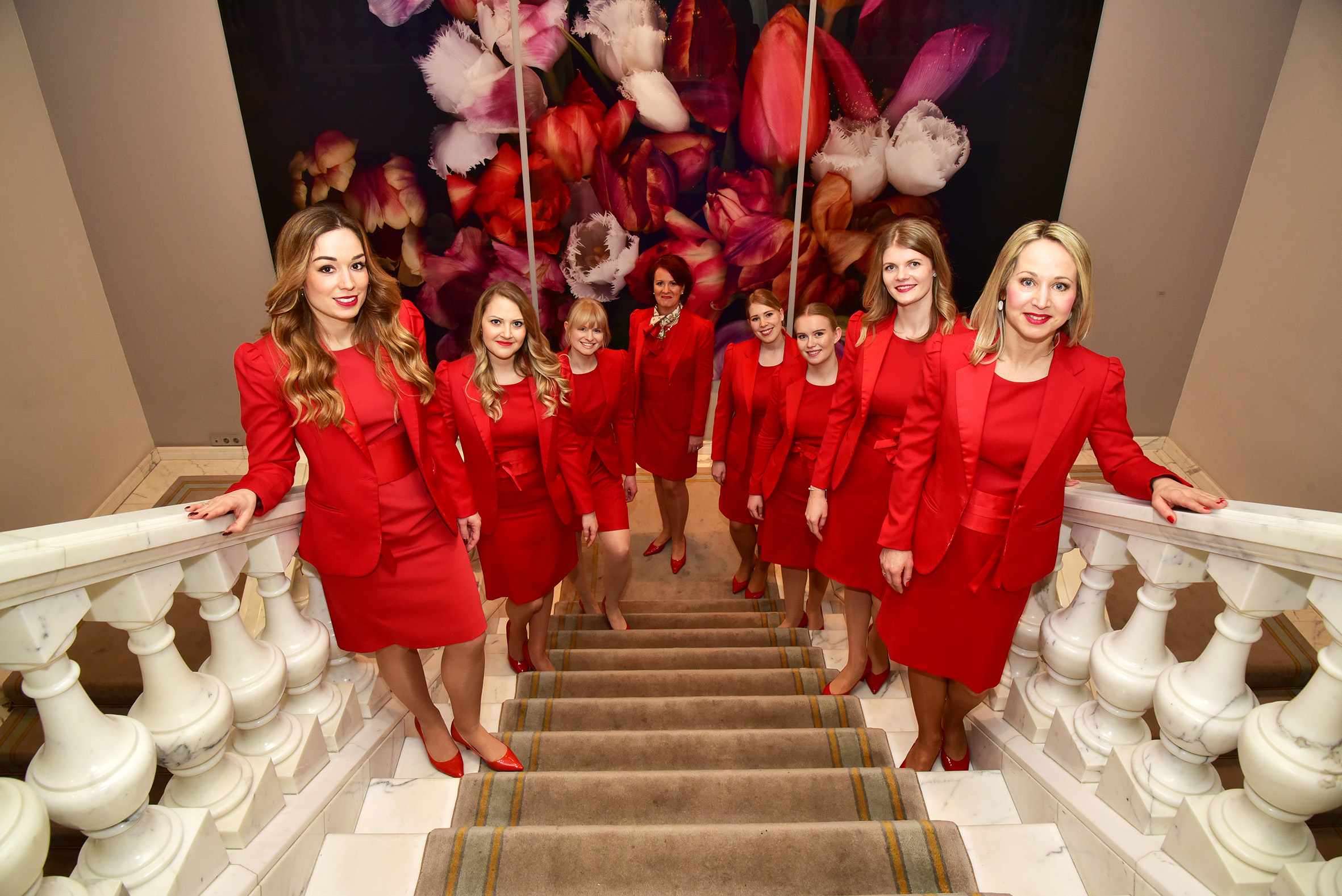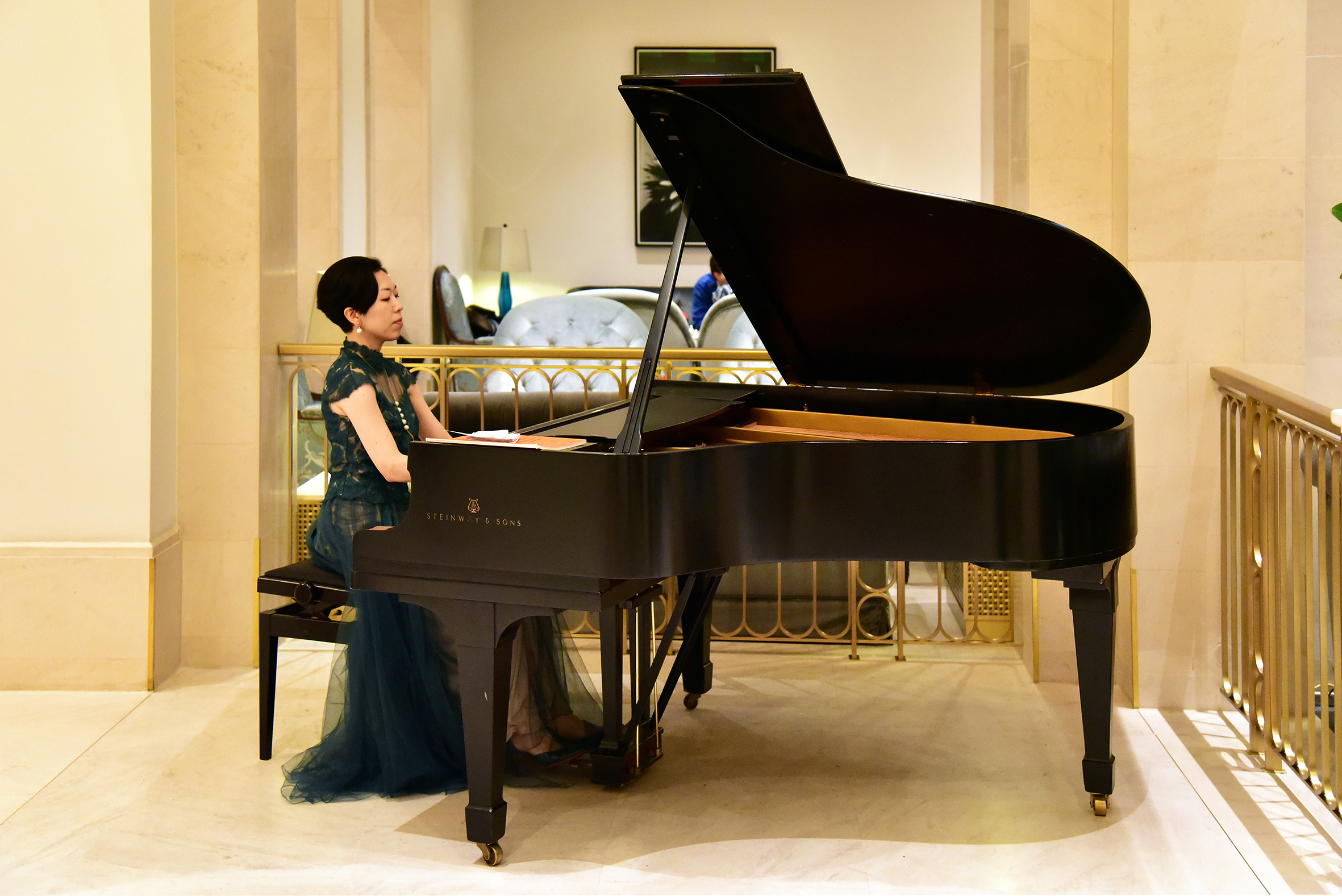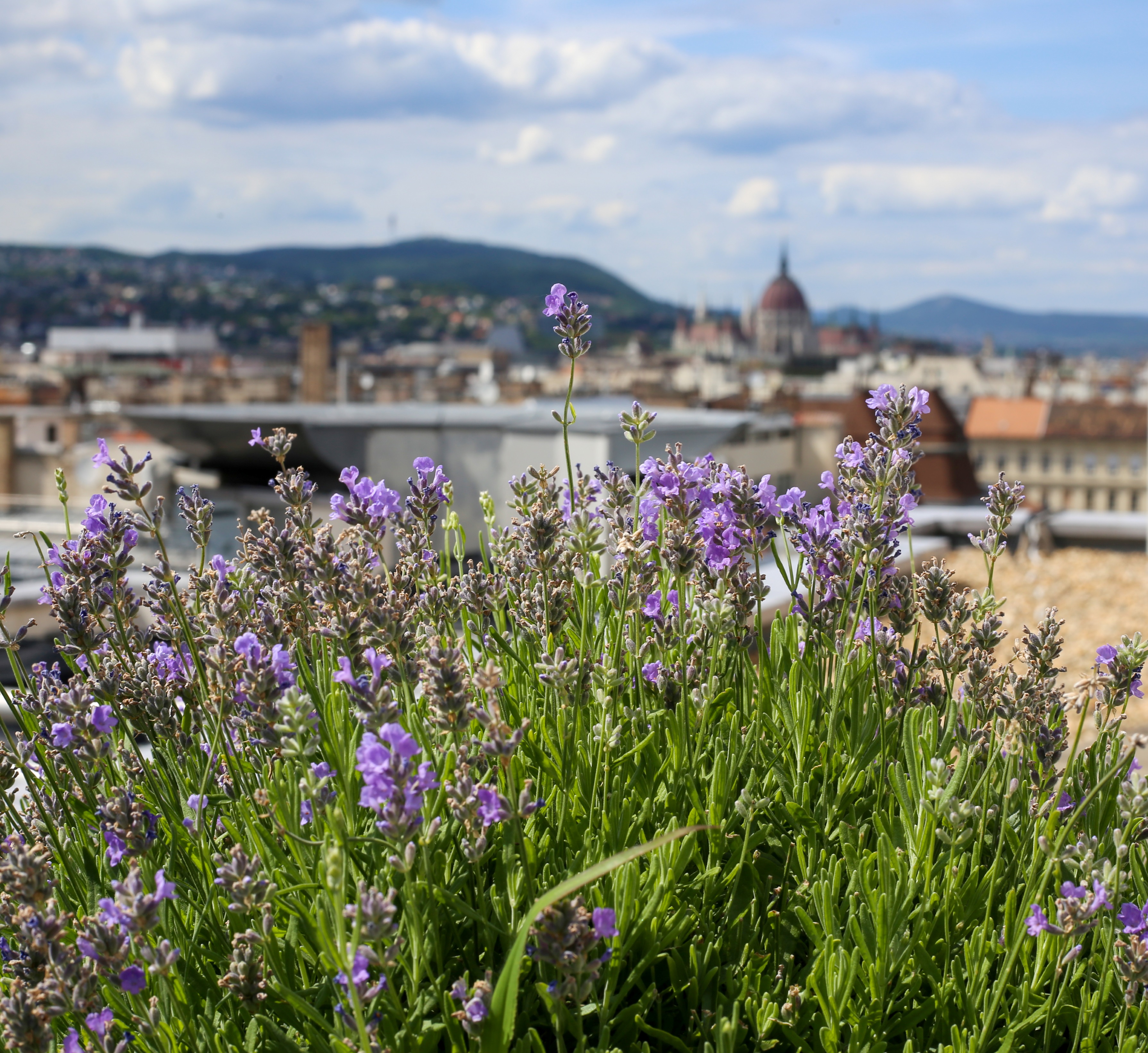
Our 125th Anniversary: A History of Kempinski
Essentially Kempinski
When Berthold Kempinski started his business in 1897, he tapped into the zeitgeist of the era. Innovations and special touches not seen in other Berlin restaurants made Kempinski stand out from the crowd. With this pioneering spirit in mind, Kempinski expanded into the hotel business and, over the last 125 years, has grown into Europe's most respected hospitality company with a constellation of beautiful havens around the world. Come with us as we revisit Kempinski’s history.
Travelling the world since 1897
Inns and guesthouses have provided weary travellers with shelter since time immemorial. But the luxury hotel as we know it today is a relatively modern concept. When the aristocratic classes developed a taste for travel in the 17th Century and the Grand Tour of Europe became a rite of passage for noble households, shrewd investors seized the opportunity to create sumptuous hotels fit for kings and queens.
A HISTORY OF LUXURY HOTELS
Many of the great hotels of the late 19th century boasted modern conveniences like electric lighting and mechanical elevators, innovations that were rarely seen in private homes. Many were embellished with elaborate architecture and interior design reminiscent of the great palaces of Europe. They offered the kind of service standards seen in the most prestigious private members’ clubs and gastronomic dishes usually found in Europe’s best restaurants.
Luxury hotels became places to meet like-minded people and forge social and business connections while enjoying the finer things in life, and in that sense, they had a lot in common with their modern-day descendants.
KEMPINSKI: TRAVELLING THE WORLD SINCE 1897
It was during these heady days, when luxury hospitality was in its infancy, that Kempinski was born. Since 1897, the Kempinski name has been associated with classic European luxury, from the early ventures of wine merchant and restaurateur Berthold Kempinski, to the world-class hotels that make up our constellation of remarkable havens today.
The Kempinski journey has been told through countless defining moments. While our company celebrates 125 years of timeless elegance, eight individual Kempinski hotels are also celebrating major milestones. Though they are spread across the globe, in cities as diverse as Havana, St. Moritz, Beijing and Berlin, it is the common bonds that make them remarkable.
GASTRONOMY AND CULINARY HERITAGE
Long before Kempinski entered the hotel business, our Berlin restaurants were the talk of the town. At M. Kempinski & Co., affluent Berliners queued up to savour local and international delicacies like lobster and caviar. Though the dining was fine, it was also fair: Berthold and his wife Helene introduced half portions for diners who didn’t want a full meal and offered wines by the glass, which was an innovative concept in the 1920s.
By 1928, Haus Vaterland on Potsdamer Platz was a cultural and social phenomenon, a culinary emporium with 12 themed dining rooms dedicated to cuisines from different parts of the world. International travel was still prohibitively expensive for most, but Berthold Kempinski brought the world to Berlin, with elaborate décor, live music and entertainment typical of each destination. Today, Kempinski hotels continue to provide a platform for cultural and culinary exchange.
With our pioneering spirit, Kempinski introduced classic European cuisine to discerning diners in Asia when Kempinski Hotel Yansha Center opened in 1992, the first international luxury hotel to open in the Chinese capital. For many years, the hotel’s brewpub Paulaner Bräuhaus has delighted locals and visitors with a flavour of Bavarian hospitality in the heart of Beijing’s diplomatic district and always sells out for Oktoberfest celebrations. The hotel’s restaurants tend to book up ahead of Western holidays like Christmas and Easter, and Kempi Deli’s Black Forest Cake was recently voted the best in the city by popular Chinese restaurant rating app Dianping, testament to the enduring appetite for European flavours in Asia’s most populous city.
Gastronomy continues to be a source of inspiration and innovation for our hotels. Kempinski Hotel Corvinus Budapest, which celebrated 30 years of excellence on 1 July 2022, brought legendary Chef Nobu Matsuhisa’s modern Asian dishes to Central Europe for the first time when it unveiled Nobu Budapest Restaurant and Sushi Bar in 2010, mirroring the West-to-East culinary exchange we saw in Beijing. The team from Hungarian-Viennese restaurant ÉS Bisztró have also transformed the hotel rooftop into a lush organic garden bursting with fresh produce that’s used daily in the kitchen - an innovation linked not only to our gastronomic leadership, but the quest to find sustainable solutions to Kempinski hotel operations.
GUARDIANS OF HISTORY
Around the world, the Kempinski flag flutters above a collection of magnificent buildings, many of which echo with fascinating histories that pre-date our own. When Gran Hotel Manzana Kempinski La Habana opened in the summer of 2017, it was the first luxury hotel in Cuba, and a year later, it became the first hotel in the country to offer free Wifi to guests. But the building itself already held a special place in the hearts of Habaneros.
In the 130 years since businessman Julian de Zulueta began developing the site in Havana’s historic centre, the Manzana has grown from a single-storey shopping arcade to the glorious Belle Époque building you see today: a masterpiece of classical European design expertly restored by architect Jose Antonio Choy, before the Kempinski flag was hoisted, setting new standards of luxury in Cuba. The elegant colonnades and pillars that circle the ground floor have framed restaurants, cafés and fashion boutiques over the years, while the upper levels have housed all manner of businesses, from a cinema and a theatre to a primary school and consulates. Today, the hotel wears its history on its sleeve: a living tribute to the evolution of Cuba’s dynamic capital.
Discover all the hotels in our constellation and embark upon your next discovery
Around the same time, German restaurateur Lorenz Adlon commissioned architects Carl Gause and Robert Leibniz to create what he hoped would become the most beautiful hotel in the world, steps from the Brandenburg Gate. On the day Hotel Adlon opened in 1907, the first guest to walk through the doors was Emperor Wilhelm II. Impressed with the hotel’s facilities – hot and cold running water, gas heating, electric lights and a cooling system powered by a fountain – the emperor agreed to pay an annual retainer to reserve a suite of rooms for his personal guests.
Though it was destroyed during WW2, the Adlon was rebuilt by architect Rainer Michael Klotz and reopened on 23 August 1997 as Hotel Adlon Kempinski Berlin. On this occasion, former German Federal President Roman Herzog was the guest of honour, making the Adlon perhaps the only hotel in the world to have been opened twice by a head of state. To this day, it is still regarded as the most beautiful hotel in Berlin.
REMEMBERING THE STORIES THAT MAKE UNIQUE
As Europe’s oldest hotel company, we have a wealth of experience woven into our 125-year history. But while we are mindful of the past, we are focused on the present and committed to the future. The next chapter of the Kempinski story is waiting to be written.
Defining Moments
From musical interludes to technological innovations and our iconic brand ambassadors, our respect for traditions is the perfect complement to our thirst for innovation.
